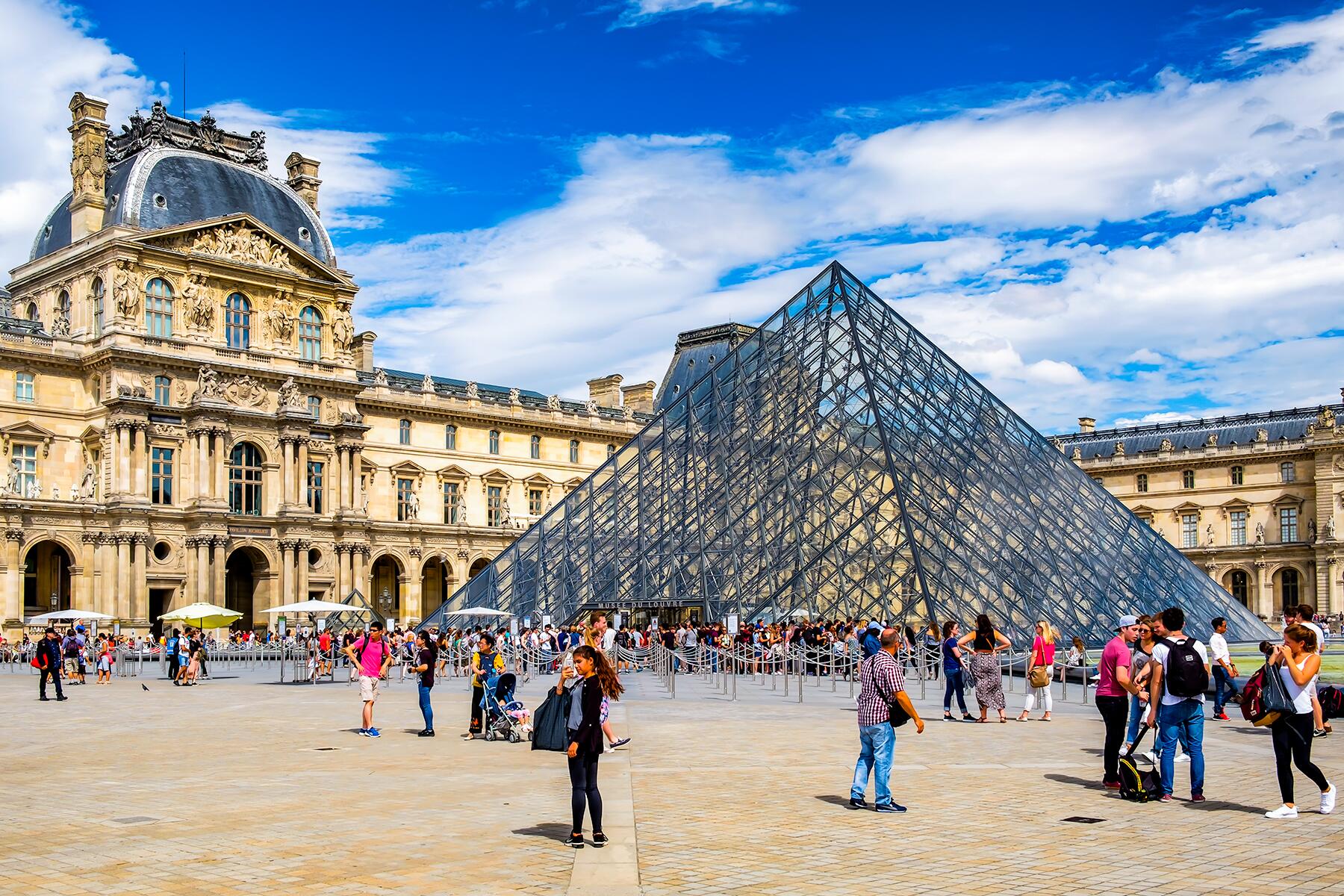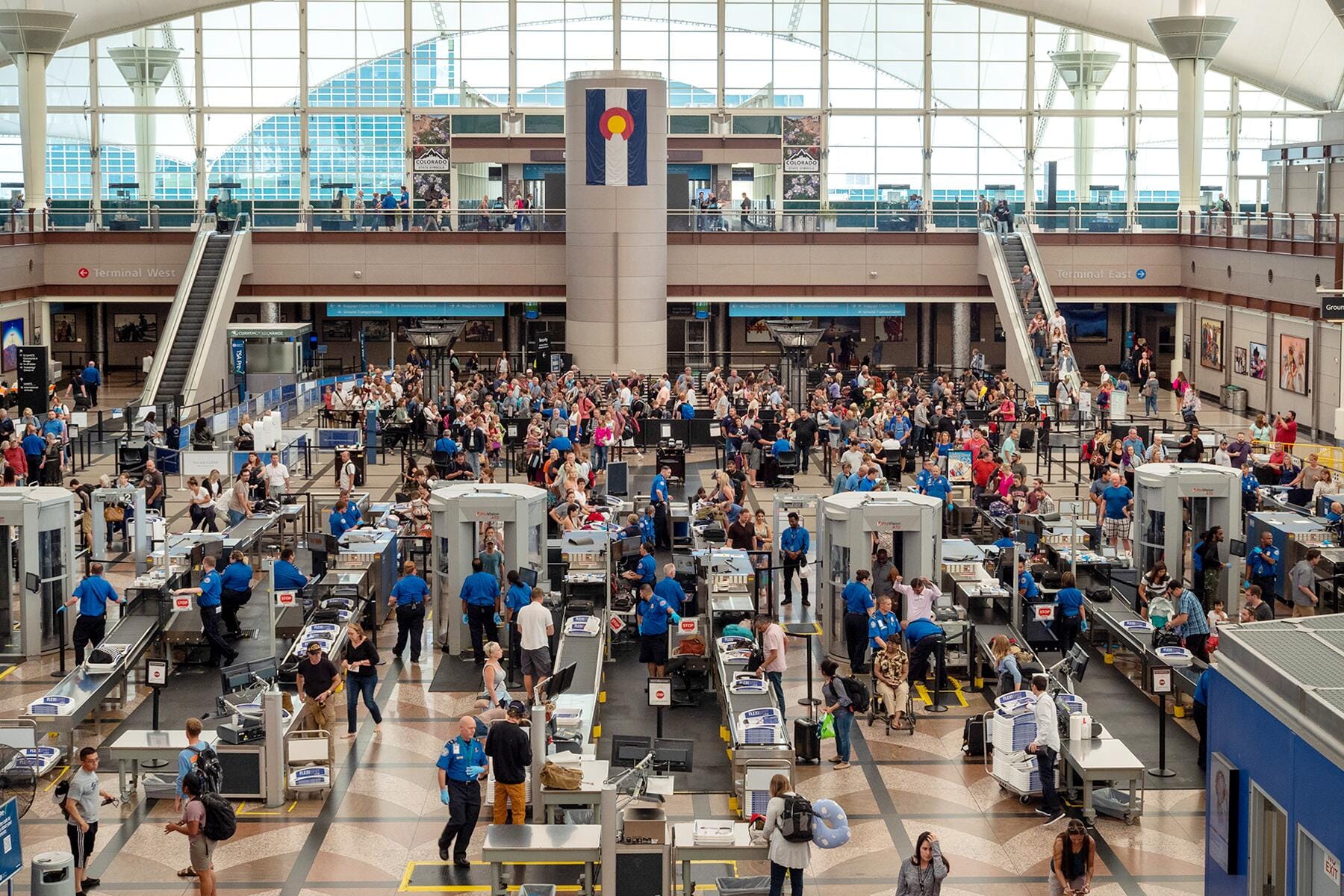You don’t have to be an IKEA-loving, Absolut-drinking, ABBA-obsessed adult to appreciate the myriad charms of Stockholm: after all, Sweden’s clean, compact capital also pushes the right buttons for family travelers. Expect something old, something new, and all around you something blue.
Fairy Tale Forays
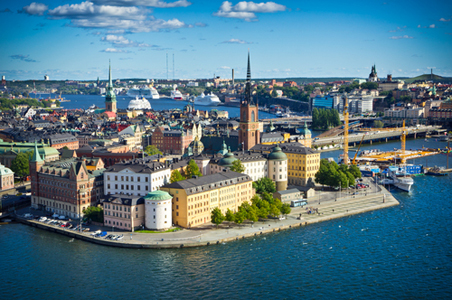
Poised at the spot where Lake Mälaren meets the Baltic Sea, Stockholm today straddles 14 islands. But when the city was founded in 1252, only one area mattered—Gamla Stan. Thanks to a combination of good luck, good management, and a tradition of military neutrality, it ranks among Europe’s best preserved “old towns.” Most kids will want to start at the Royal Palace. This Baroque beauty has State Apartments opulent enough to impress any aspiring princess, plus fun bonus features—like a treasury containing the crown jewels and an armory crammed with cool weaponry, ceremonial coaches, and regal clothing. Afterwards, veer off the tourist path and wander cobbled lanes lined with medieval townhouses.
Tip: Souvenir hunters can find everything from Lapland knits and hand-painted Dalarna horses to kid-sized Viking paraphernalia here. It’s a good place to stock up, too, if you share the locals’ odd fascination with trolls.
Recommended Fodor’s Video
How Swede It Is
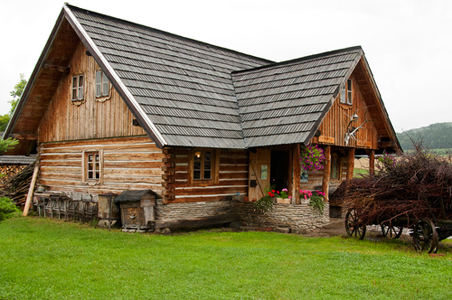
Families can also experience life in the past lane at Skansen, the world’s original open-air museum. Established in 1891, the 74-acre hilltop attraction—billed as “Sweden in Miniature”—is comprised of some 150 historic buildings that were transported (contents and all) from various parts of the country. You can inspect grass-roofed cottages, log cabins, slightly askew shops, a schoolhouse, and even a windmill. Costumed interpreters complete the illusion. Glass-blowers, weavers, and other old-fashioned artisans demonstrate their work, while faux farmers tend heritage livestock. More critters can be seen at Skansen’s zoo, which focuses mainly on indigenous animals—like brown bears, wolves, and, of course, reindeer.
Tip: Petting opportunities await at Lill-Skansen, an indoor-outdoor children’s zoo with bunnies, miniature pigs, and more. Exotic species can be seen (at extra cost) in the Skansen Aquarium and World of Monkeys.
That Sinking Feeling

The Vasa, an ornate warship, made a big splash when she was launched in 1628…for the wrong reason. Overloaded with canons, the top-heavy vessel didn’t even sail a mile before sinking on her maiden voyage. Now she enjoys new life as the star of Sweden’s top museum— Vasamuseet, which reopens after an expansion May 1. Looking at the Vasa today, you’d never know she spent 333 years at the bottom of Stockholm’s harbor. Seven-stories high and over 225-feet long, the imposing ship has been meticulously restored and magnificently displayed: multi-level viewing areas let you examine the exterior, while full-scale models reconstruct interiors.
Tip: Don’t miss the related exhibits. Some showcase recovered artifacts; others offer insight into the lives of the roughly 30 people who sank with her. A specially-designed “family trail” helps kids grasp the finer points.
More in Store
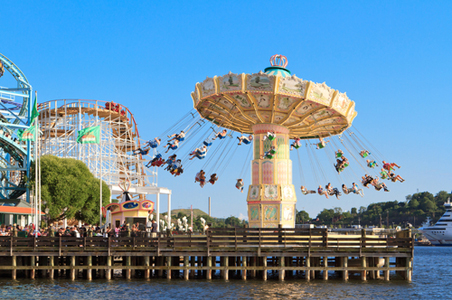
Skansen and Vasamuseet aren’t the only attractions on the park-like island of Djurgården. This former royal hunting ground is home to museums that work overtime to keep families engaged: most notably the Nordic Museum (with a dedicated kids’ zone and dollhouse display) and the National Museum of Science and Technology (witness it’s Play Lab, 4-D theater, and model railway). Depending on which side of the toddler-teen divide your children are on, you’ll want to see Junibacken or Gröna Lund Tivoli as well. The former recreates the book-scapes of Pippi Longstocking author Astrid Lindgren; while the latter, opened in 1843, is a popular amusement park that combines vintage rides with wild ones.
Tip: If you need a break, head for the picnic-perfect Rosendal’s Garden. Or, if you’ve got energy for one more sight, have a “Mamma Mia” moment at ABBA: The Museum, which debuts May 7.
Water, Water, Everywhere

A 10-minute ferry ride lets you shuttle between Gamla Stan and Djurgården in photo-op fashion. But, since a quarter of Stockholm is covered with water, there are many other ways to weigh anchor. Strömma, for example, offers several city canal and harbor cruises; alternately, you can escape the urban milieu by taking an excursion into the Swedish Archipelago: a cluster of 30,000 islands and islets—some boasting twee towns, others only a tree or two—that serves as Stockholm’s cottage country. Sign up for a tour aboard the classic steamboats that zigzag along the 45-mile route or catch a ferry for the 20-minute ride to the gateway island of Fjäderholmarna. If you would rather paddle your own canoe (or kayak) there are rental outlets within the city, too.
Tip: The Stockholm Card and Stockholm a la Carte pass both include free boat tours, public transportation, and entry to many major attractions. Do the math to determine which works best for you.
Frequent Fodor’s contributor Susan MacCallum-Whitcomb has taken her kids to 30-odd countries on six continents. When not on the road, they live happily in Halifax, Nova Scotia.
Photo Credits: Gamla Stan: Shutterstock; Skansen: Shutterstock; The Vasa: Ola Ericson/imagebank.sweden.se; Gröna Lund Tivoli: Shutterstock; Kayaking in the Archipelago: Helena Wahlman/imagebank.sweden.se

